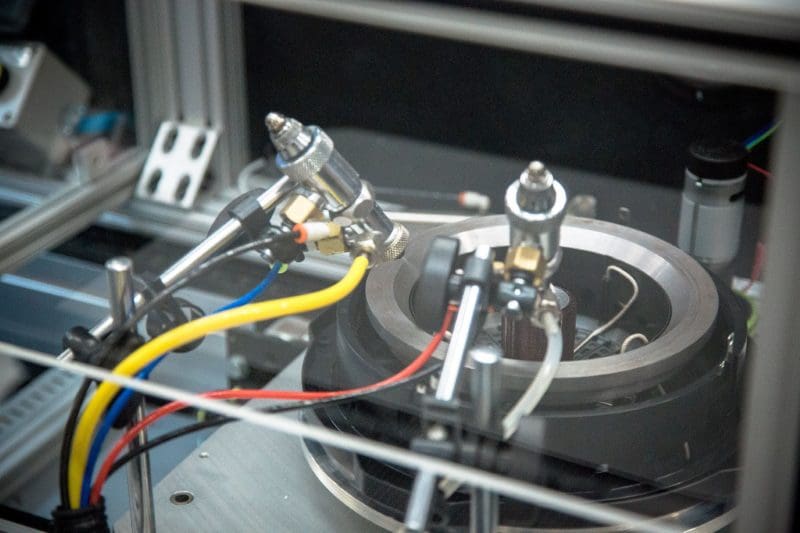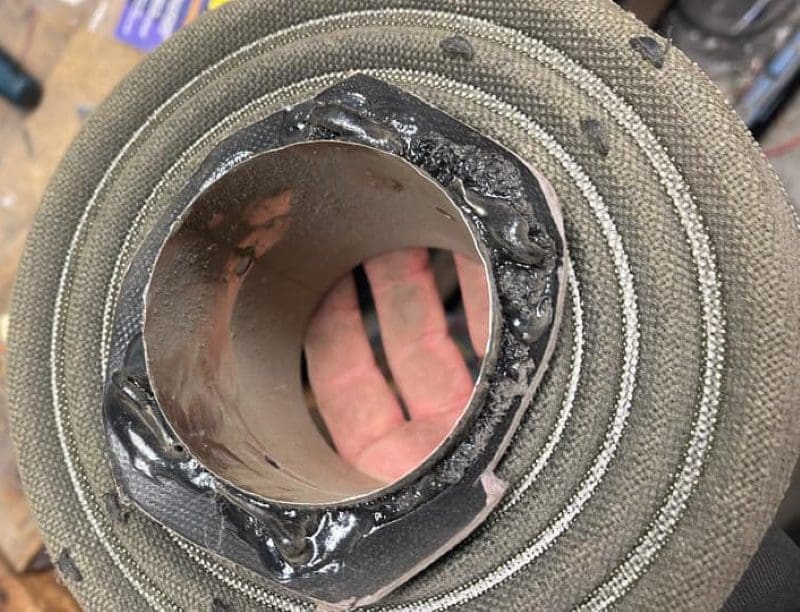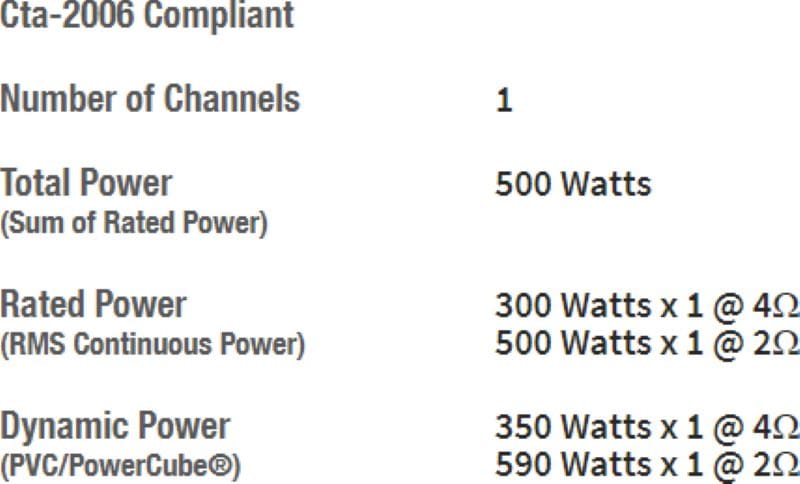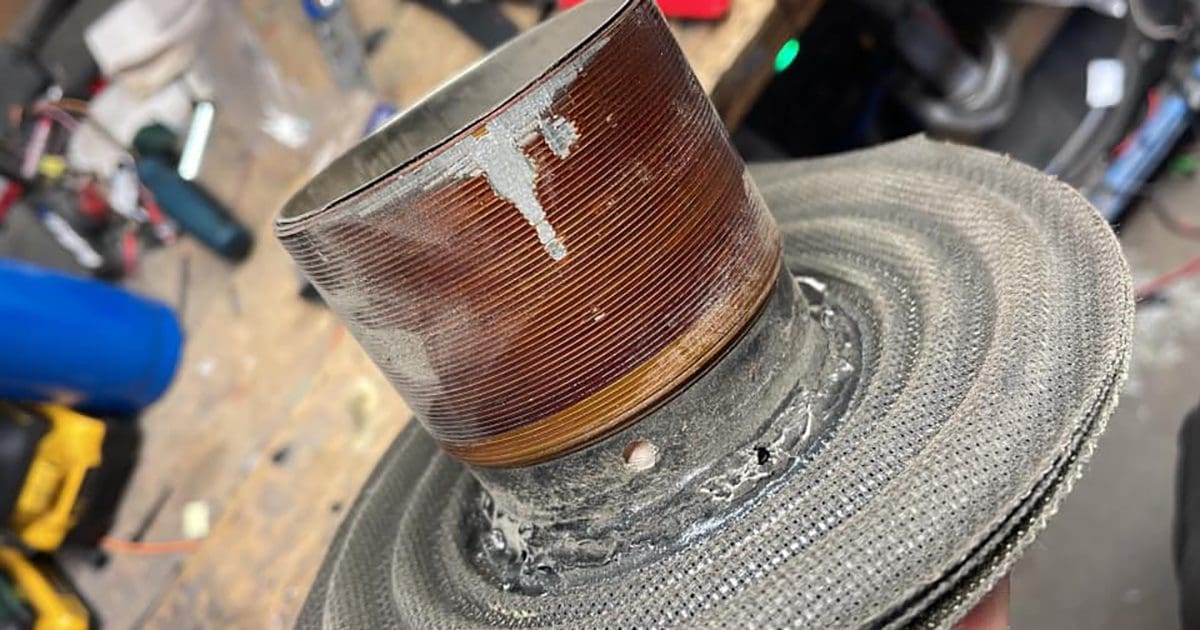I’ve been a magazine guy for more than 35 years. I used to read four car audio and six car magazines every month. Sometimes there would be a few RC car or bicycling mags thrown in, depending on the season and my mood. All of this was even before I got into the magazine industry as a writer and started my career in car audio marketing. Being overly technical in my approach to evaluating products, I’ve always emphasized empirical data, so objective product and vehicle reviews have always been my thing.
Over the years, I’ve learned to read between the lines regarding the editorial comments that accompany measurements and calculations. When it comes to cars, I vividly recall an article about Chrysler organizing a parking lot autocross for readers of one of the magazines. Chrysler was launching a new family sedan, and they wanted “real world” feedback from genuine automotive enthusiasts. The article had quotes from the drivers describing the car’s flat cornering, quick turn-in and suspension that provided a lot of feedback. The Chrysler vehicle “won” the experience compared with the on-site Camry and Accord vehicles. If you know how to look at the big picture, you’ll quickly realize that these handling traits are great for a sports car but would make a family car feel harsh and uncomfortable. Strange.

Speaker-Related Claims That Make No Sense
I regularly see statements concerning the marketing of car audio products that quite simply make me shake my head. Let’s break down a few of them.
The first statements we’ll discuss are directly related. In the context of supposedly high-end speakers, I see companies claiming that their products are sold in matched pairs. The second is a claim that the products are hand-made. These seem like good things, right? Let’s break them down.
Assembling the components in a speaker requires a high level of precision. In terms of concentricity, everything has to be aligned to prevent the voice coil from rubbing on the top plate or T-yoke. More importantly, the voice coil winding must be assembled such that it’s perfectly centered between the top and bottom of the top plate. Even a millimeter of offset in one direction can limit output and add significant amounts of distortion to the sound that they reproduce. Yes, component assembly jigs can help with the component alignment process.
Where things go very sideways is in the application of adhesives. My concern isn’t that the speakers might not be glued together adequately to prevent them from falling apart – if that happens, someone shouldn’t be assembling speakers. The spider must be glued to the voice coil former. The former and spider assembly must be glued to the cone. The dust cap must be glued to the cone. Finally, the surround must be glued to the cone. Precise and even application of adhesive around these connections is necessary for strength. Here’s the catch. If too much or too little adhesive is used, the weight of the moving assembly will change. If I were having speakers constructed, I’d require that a robotic dispenser apply the adhesive so the exact volume and mass would be identical for every built speaker.
If all the mass of all components and adhesives is within tight tolerances, there’s no need to match pairs of speakers, as they should all be the same. I’m far more impressed to see drivers built in an ISO-certified factory with strict quality control standards than I am by a claim that a person who may not understand the implications of variances in the assembly process built the speaker.


Quantifying Amp Quality Based on Power Ratings and Size
At the other end of the car audio component spectrum, we have car audio amplifiers. The first thing we’ll tackle is size. As I’ve explained, smaller amplifiers put the power supply closer to the preamp stage. This typically results in more noise being added to the output signal. Though I know of one recent addition to the market that defies this guideline, this factor alone is enough reason to avoid choosing the smallest possible amplifiers.
The second issue with minimalistic amplifier size is heat management. All car audio amplifiers waste some amount of energy in the form of heat. Managing this heat is crucial to ensuring that the amplifier will continue to function reliably and not let the smoke out. As such, a large heatsink directly benefits the product’s longevity. I’ve written several articles on the topic, but this one covers the most ground.
Based on these considerations and without specific data regarding S/N ratio and amplifier efficiency measurements, small amplifiers aren’t really the best choice for getting the most out of your audio system upgrade. As I said, I know of at least one exception to these guidelines, so do your homework and check the data carefully.
Our last topic involves amplifier power ratings. I vividly remember looking through the storage room in the first shop I worked at and examining the birth certificates that came with the Rockford Fosgate amplifiers to pick the ones that made the most sense for each client. If you are building an audio system designed exclusively for SPL competitions, power and, perhaps even more so, efficiency are crucial factors. If you want your music to sound as accurate as possible, power is almost irrelevant, assuming you have enough of it to prevent the amp from clipping.
What defines the quality of an amplifier is its distortion characteristics. An amp that adds minimal distortion will reproduce music more clearly than one that adds a lot of harmonic and intermodulation distortion content. The difference when listening is clarity and transparency vs. warmth, muddiness and a veiled presentation. The same goes for noise. The last thing you want is to hear hiss from your tweeters when the music is quiet, or you’re between tracks.
If you’re shopping for a good quality car audio amplifier, then you should see ANSI/CTA-2006-C or equivalent specifications on the manufacturer’s website. Compliant ratings will include a specific percentage of distortion, and noise specifications must include an output level for the testing.

Filter the Noise, Dig for the Facts
Developing high-performance, high-value car audio solutions is a science. Amplifiers and speakers shouldn’t have a “sound” of their own – they should simply do their job and amplify or reproduce the electrical signal accurately with as little distortion and noise as possible. When it’s time to upgrade your car audio system, drop into a local specialty mobile enhancement retailer and audition some options that will work in your vehicle. Ignore the marketing fluff, and ask about the features and technologies that improve performance. You’re much more likely to be happy with your upgrade than if you fall for stories about brand prestige.

